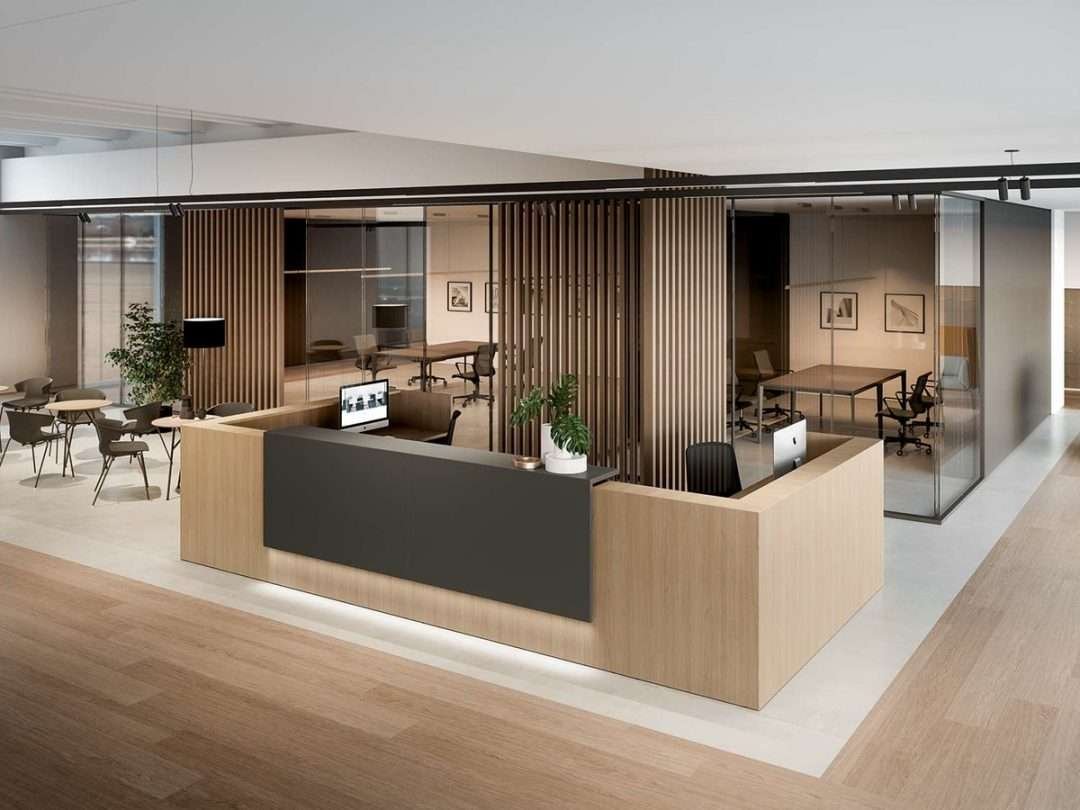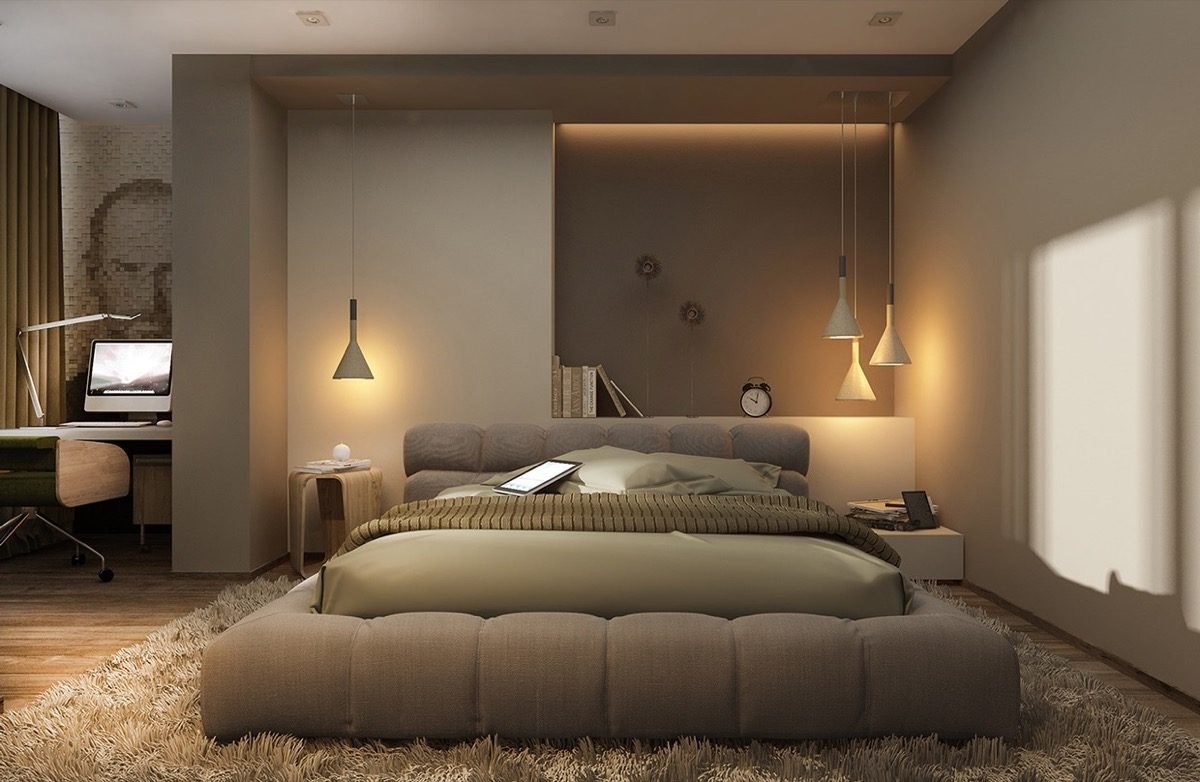Green Office Spaces: Implementing Sustainable Practices in Workplace Design

As environmental awareness grows, more businesses are recognizing the importance of sustainability in the workplace. Implementing green practices not only helps reduce the environmental footprint but also creates a healthier, more productive environment for employees. Here are some key strategies to make office spaces greener and more environmentally friendly.
Emphasise Natural Light
Maximizing the use of natural light in an office not only reduces dependence on artificial lighting but also improves employee well-being. Position workspaces to take advantage of windows and consider installing skylights. Using light-colored walls and reflective surfaces can help distribute light more effectively, minimizing the need for additional lighting.
Opt for Sustainable Materials
When designing or renovating office spaces, choose sustainable materials. Recycled, reclaimed, or responsibly sourced materials can significantly reduce your office’s environmental impact. For flooring, consider bamboo or recycled carpeting. For furniture, look for items made from recycled or certified sustainable wood.
Introduce Indoor Plants
Incorporating plants into office design improves air quality and adds a touch of nature that can boost employee morale and productivity. Choose species that are known for their air-purifying qualities, such as spider plants, snake plants, and peace lilies, which can help remove common office pollutants like formaldehyde and benzene.
Implement Energy-Efficient Systems
Energy efficiency is crucial in green office design. Invest in energy-efficient appliances and systems, including HVAC systems, refrigerators, and computers. LED lighting is another excellent way to reduce energy use and costs. Smart thermostats and energy management systems can optimize energy consumption by adjusting settings based on real-time needs.
Reduce, Reuse, Recycle
Encourage a culture of sustainability among employees by implementing comprehensive recycling programs and reducing waste. Provide clearly marked bins for recycling paper, plastics, and metals. Consider initiatives to reduce paper use and promote digital communication and documentation where possible.
Water Conservation
Water conservation is often overlooked in office sustainability practices. Installing low-flow faucets and toilets can reduce water usage significantly. Additionally, encouraging employees to be mindful of water use and reporting leaks promptly can further enhance water efficiency.
Use Non-Toxic Cleaning Supplies
Switching to green cleaning products helps reduce the exposure of employees and the environment to harsh chemicals. Non-toxic, biodegradable cleaning agents ensure a healthier workspace and are less damaging to the ecosystem.
Conclusion
At Urban Canvas Design Studio, we are committed to creating office spaces that are not only aesthetically pleasing but also environmentally responsible. We believe that sustainable practices in workplace design are essential for the well-being of both the planet and the people who work there.
Ready to transform your office into a sustainable and productive environment? Contact Urban Canvas Design Studio by filling out the form below. Let us help you design a workspace that aligns with your commitment to sustainability and provides a healthy, inspiring environment for your team. For more information or to book a consultation, contact Urban Canvas at +91 81001 12900 or hello@ucmail.in






